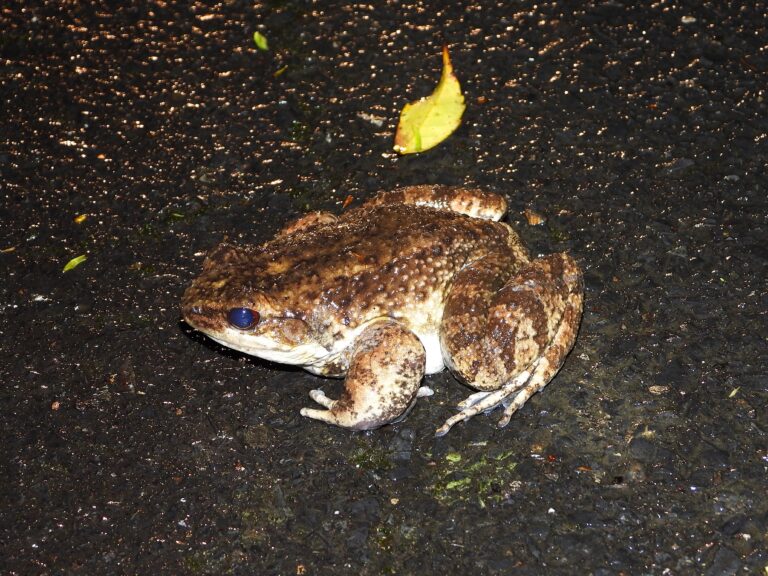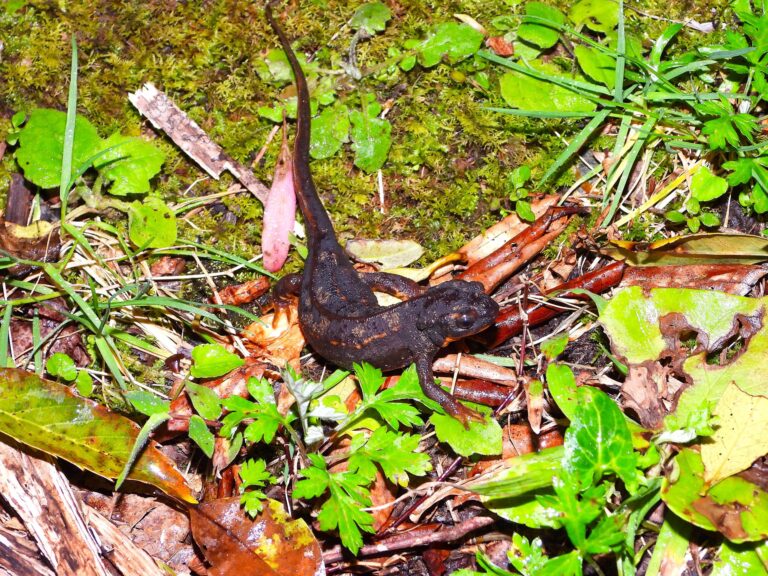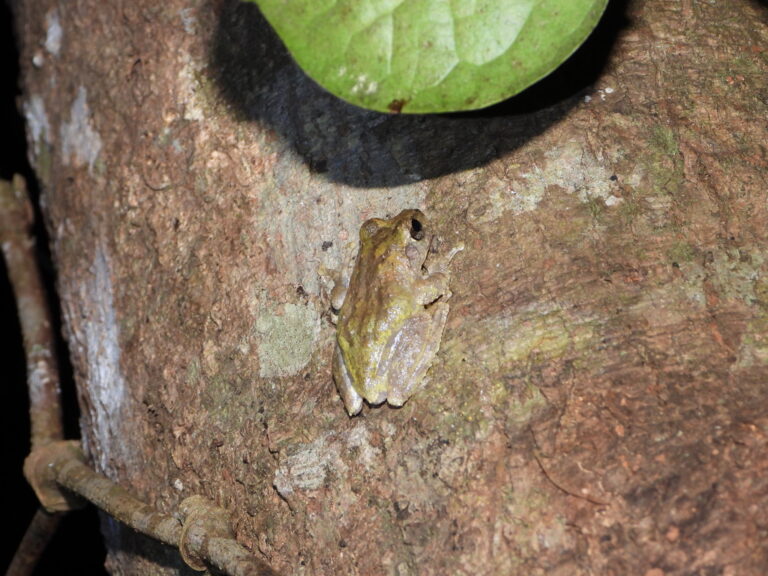Proto Wrinkled Frog (Glandirana reliquia) – Wildlife of Japan
Introduction
In 2022, researchers described Glandirana reliquia, the Proto Wrinkled Frog, as a new species after analyzing its genes, larvae, and chromosomes. These studies proved that eastern populations once labeled as G. rugosa belong to a distinct lineage. The name reliquia means “relic,” highlighting its ancient ancestry within Japanese Glandirana.
Appearance
This small brown frog measures about 3–5 cm and has rough skin with fine tubercles. Its belly shows a mottled gray or whitish pattern. It looks almost identical to the Wrinkled Frog (G. rugosa), so researchers rely on locality, larval traits, or DNA for accurate identification.
Habitat & Distribution
The species lives on the Pacific side of Honshū—from southern Iwate through Fukushima, Tochigi, and Chiba to Yamanashi and Nagano. It inhabits rice paddies, irrigation ditches, ponds, and slow-moving streams. The type locality is Kimitsu City, Chiba Prefecture.
Behavior
Adults stay active mainly at night and often appear near paddies or streams during summer. Tadpoles overwinter and transform the next spring, a rare life cycle among Japanese frogs.
Diet
They eat small invertebrates such as insects and spiders that live near the water’s edge.
Reproduction
From late spring to summer, females lay eggs on underwater plants in calm or slow waters. Tadpoles show a unique ventral gland pattern that helps scientists distinguish G. reliquia from G. rugosa.
Conservation
Japan’s national Red List (2020) does not yet treat this species separately. However, many prefectures list it as threatened because of habitat loss and changes in rice field management. Researchers continue monitoring its population to understand its conservation needs.
Similar Species & Caution
The Wrinkled Frog (G. rugosa) looks nearly the same. Use geography to separate them: G. reliquia occurs mainly on the Pacific side of Honshū, while G. rugosa lives mostly in western and central Japan. No hybrid zones have been confirmed. For precise identification, experts use larval or genetic data.
Author’s Impression
The Wrinkled Frog and Proto Wrinkled Frog look so alike that distinguishing them by sight is nearly impossible. Using their known distribution ranges is the most practical way to tell them apart—but even then, it’s not always easy.







